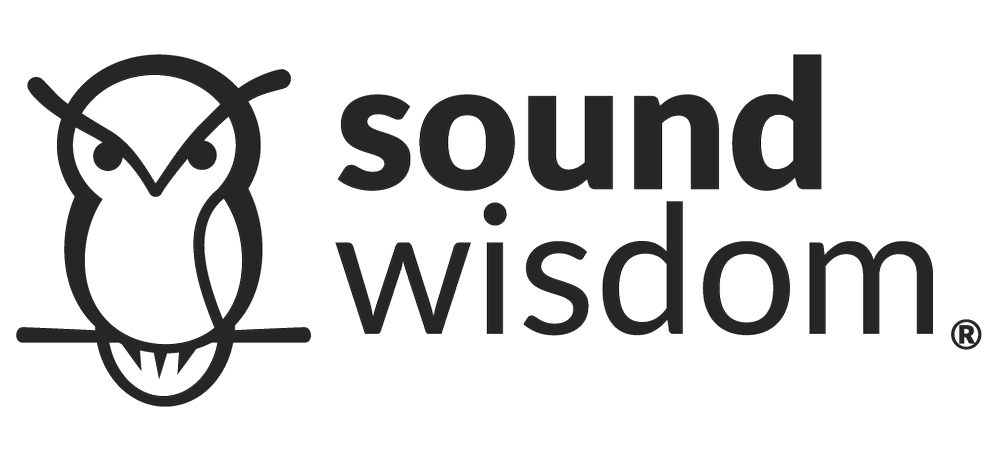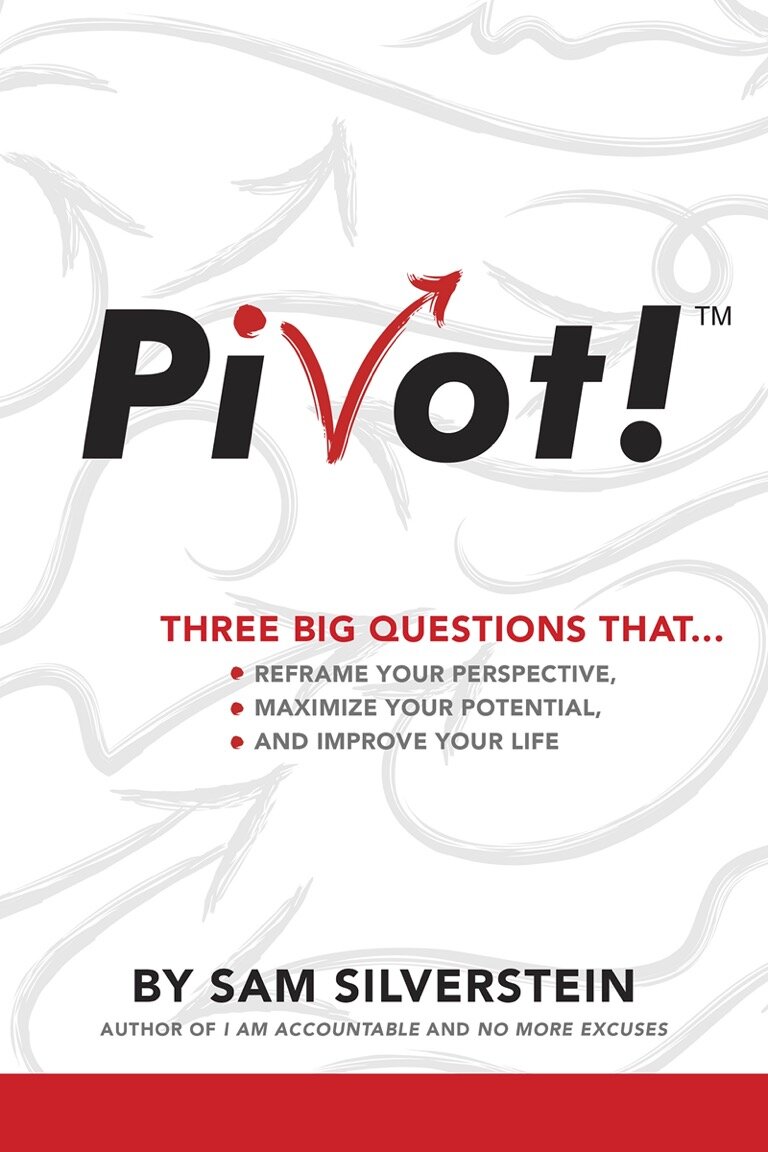Accountable Leaders Learn to Spot Cultural Drift by Sam Silverstein
Photo by Markus Spiske on Unsplash
What if the culture you designed for your company isn’t the culture your people are actually living?
A client of mine recently told me, “I know in my heart that fundamentally we have a great culture at our company…but lately, I feel like something is off, and I can’t quite put my finger on what it is.”
I said, “Does it feel like you’re not quite hitting the bull’s-eye that you used to hit routinely as a company, each and every day? Like your people’s standards are slowly dropping? Like things somehow slipped just a little bit while you weren’t looking, or you were focused on an acquisition?
He nodded.
What you’re dealing with,” I explained, “is called cultural drift.”
He said, “Exactly!”
Then he asked the big question that I’ve noticed truly accountable leaders always make a point of asking me when I use this term in a conversation for the first time. He said: “How do you define cultural drift…and how do I deal with it?”
I realize you may be asking yourself the same questions now, so I’ll give you the same answers I gave my client.
Let’s begin by defining what we mean by culture. A culture is what’s accepted and what’s repeated in your organization. And here’s the most important thing to understand about your workplace culture: You’re going to have one, whether you realize it or not, and it will always come in one of two possible varieties. You will either have a culture by design or a culture by default. That means your culture either drives accountability in the workplace…or your culture does not drive accountability in the workplace.
“Culture by design” means you’ve actually stopped and thought about what kind of culture you want in your company, and you’ve built the workplace accordingly. You’ve asked yourself what you want your culture to be, you’ve identified and closely examined your values, you’ve found the best ways to model those values in the workplace, and you’re teaching and protecting and celebrating those values…consciously.
“Culture by default,” on the other hand, hasn’t done any of that. This is the workplace culture that just kind of happens. Nobody designs it with intention. It’s defined through the lowest common denominator. Inevitably, a lowest common denominator culture means a lack of accountability to people; it probably also means a lack of responsibility when it comes to fulfilling specific assignments. (Remember: we are responsible for things, but accountable to people.)
Here’s the point. Nobody ever stood up and said, “Okay. We hereby launch a culture where you don’t have to be prepared for meetings or show up on time, where you don’t have to treat people with respect, and where you don’t have to communicate effectively when it looks like something unexpected it going to keep you from getting the work done that you said you were going to get done. From today on, that’s what we’re going to notice and celebrate around here.”
Nobody designs that kind of culture. But if those behaviors are tolerated and repeated, they become part of the workplace culture…by default. People come in for meetings late and unprepared, and they treat their colleagues and customers with disrespect, and they miss deadlines and think nothing of it. It’s just what happens, because that’s the kind of culture leadership has allowed to take root.
Culture by default usually incorporates some cultural elements (like the ones I’ve identified above) that no one would consciously choose, but that end up being toxic daily workplace realities. All too often, a culture by default can lead an organization into a major downward spiral. This is not an issue of accountability vs. responsibility…because this organization will be lacking in both!
As you have probably already guessed, the most successful organizations are the ones that have created, and live, a culture by design. There are five steps to creating this type of culture:
Define the culture
Model it
Teach it
Protect it
Celebrate it
However, even if you do all five of those things, and do them right, something interesting can happen over time to change the culture.
Maybe you have acquisitions, and you acquire other companies. Maybe you grow organically, perhaps by adding new branches or new divisions that aren’t directly exposed to the cultural experience that people in your main facility have. Or maybe some key people leave and are replaced by other people. When those kinds of changes take place, what often happens is that the culture that you designed starts to drift.
What do I mean by that? I mean the culture starts to be not exactly the bull’s-eye of what you initially defined it and designed it to be. It’s not that your company has suddenly become a bad place to work…but it’s also not in the ideal place that you once had it. It’s drifting.
Now—how do you correct that drift?
Well, the first thing you have to do is you have to recognize that the culture is drifting. The sooner you recognize that (like my client did), the better off you are going to be.
The next thing is to identify what part of your organization is affected. It could be the entire organization…or it could be some subset of it. The drift could be taking place at a certain level of leadership. It could be between the first and second levels of leadership, or between the second and third levels of leadership, or anywhere down the line. By the same token, the drift could be in a regional area. You could discover the drift is centered in a regional office someplace. Some of that drift might be contagious; it might be affecting other areas of your business. The point is, you have to be able to identify where the drift is (and isn’t), so you can make the corrections necessary to get your culture right back where you want it.
Once you recognize where the drift is, you can take steps to correct it. We’ve designed a tool called The Accountability Index™ that helps you to do exactly this. This assessment allows you to identify the specific strengths and weaknesses of the current culture and helps you to identify the specific changes you need to make within the organization to get your team back to the routine of living the culture you actually designed…day in and day out.
Accountable leaders notice, assess, and take action to compensate for the cultural drift they experience in their organization. They know that, if left unattended, cultural drift can turn an empowering, productive culture by design into a downward-spiraling culture by default.
To learn more about The Accountability Index™…check it out here!
Sam Silverstein is dedicated to empowering people to live accountable lives, transform the way they do business, and create a more accountable world. He helps companies create an organizational culture that prioritizes and inspires accountability. His latest book, Pivot!: Three Big Questions That Reframe Your Perspective, Maximize Your Potential, and Improve Your Life, is now available from Sound Wisdom. This article originally appeared here on The Accountability Blog and has been edited for inclusion on The Sound Wisdom Blog.



